What's Cooking?
By: 'Shooting Times' Staff Report
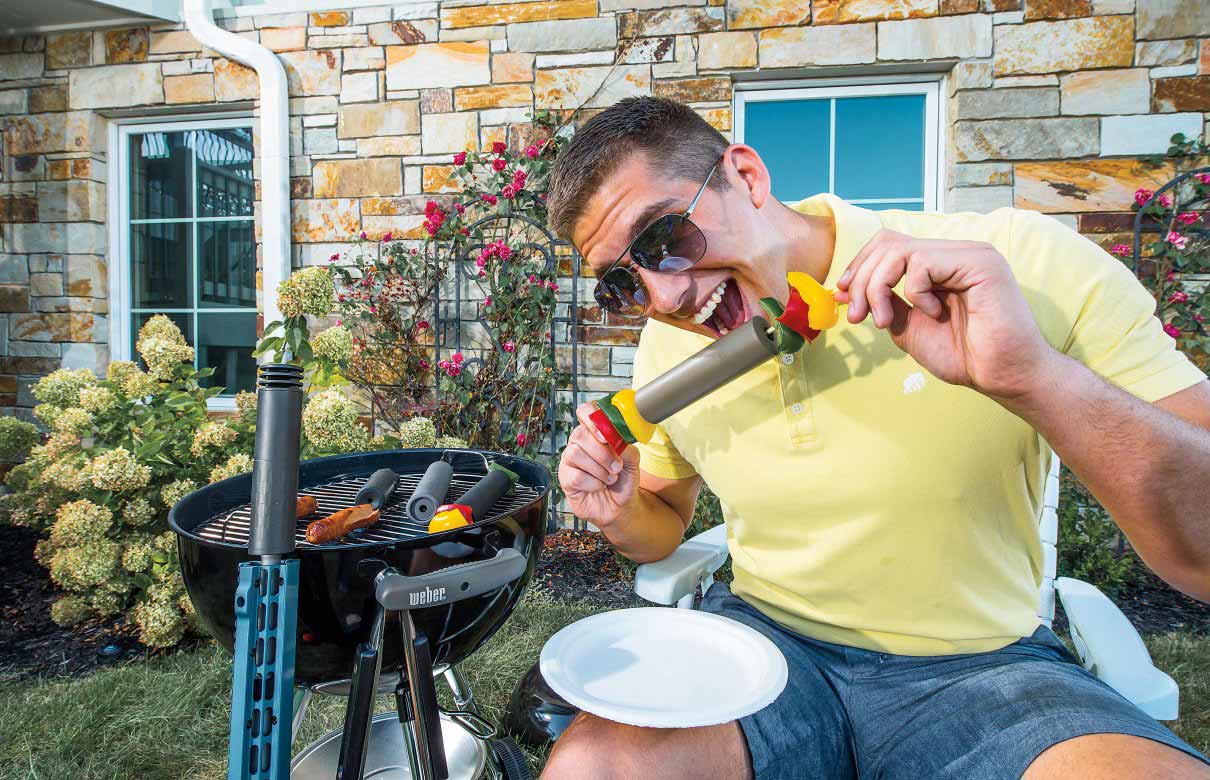 (Photo courtesy of "Shooting Times")
(Photo courtesy of "Shooting Times")
Dealing with suppressor heat
Your suppressor has a big job: Take the resultant gasses and energy from a fired round, contain it for a period of time and then allow the gases to slowly cool. This in turns decreases or “suppresses” its report. Energy doesn’t magically disappear. It has to go somewhere, so it builds up inside the suppressor in the form of heat.
All suppressors will heat up eventually, but pistol suppressors are less of a problem, simply because the cartridges have less powder and create less pressure. Centerfire rifles are different. Larger cartridges hold more powder and create higher pressures.
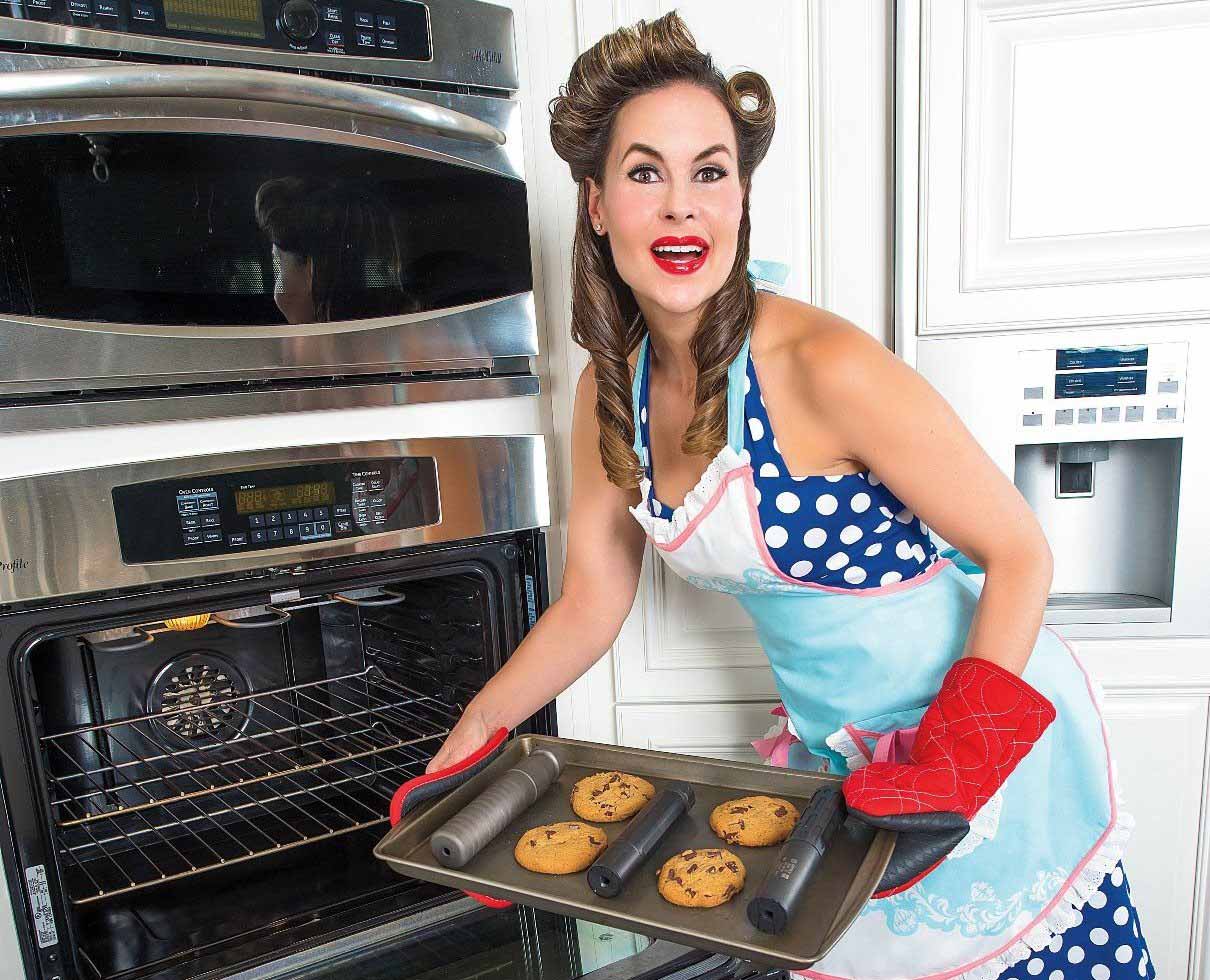
After firing just five rounds with a .300 BLK rifle, the suppressor heated up to 229 degrees. (Photo courtesy of “Shooting Times”)
Using a .300 BLK rifle and suppressor with an initial temperature of 88 degrees, we shot twenty rounds and were up to 229 degrees. You can imagine how hot a suppressor could get after a mag dump or two. If you engage in suppressed shooting, there are a couple of issues that you will eventually need to address. The first is mirage and the second is the safe handling of a hot suppressor.
Mirage
We spoke with Kyle Lynch of Armageddon Gear, a company making mirage covers and suppressor pouches as well as other products and accessories. He explained the mirage issue as follows:
“Centerfire rifles burn large volumes of smokeless powder with each shot. After only a few rounds are fired, the heat generated by burning powder has begun to dissipate through the surface of the suppressor with enough volume to significantly disturb the air around the suppressor. Remember, hot air is less dense than cold air. This hot and expanding air reflects and bends light differently than cooler air. This effect disturbs and disrupts the shooter’s view of the target through his sights or optics and is especially problematic when using the highly magnified optics common in sporting, tactical and competition activities. When mirage becomes significant enough to disturb the rifleman’s view of his target through his optics, the game is over. Accurate engagement of distant targets can only resume when the suppressor has cooled enough that mirage is no longer present or when the effects of mirage are mitigated through some other means … .”
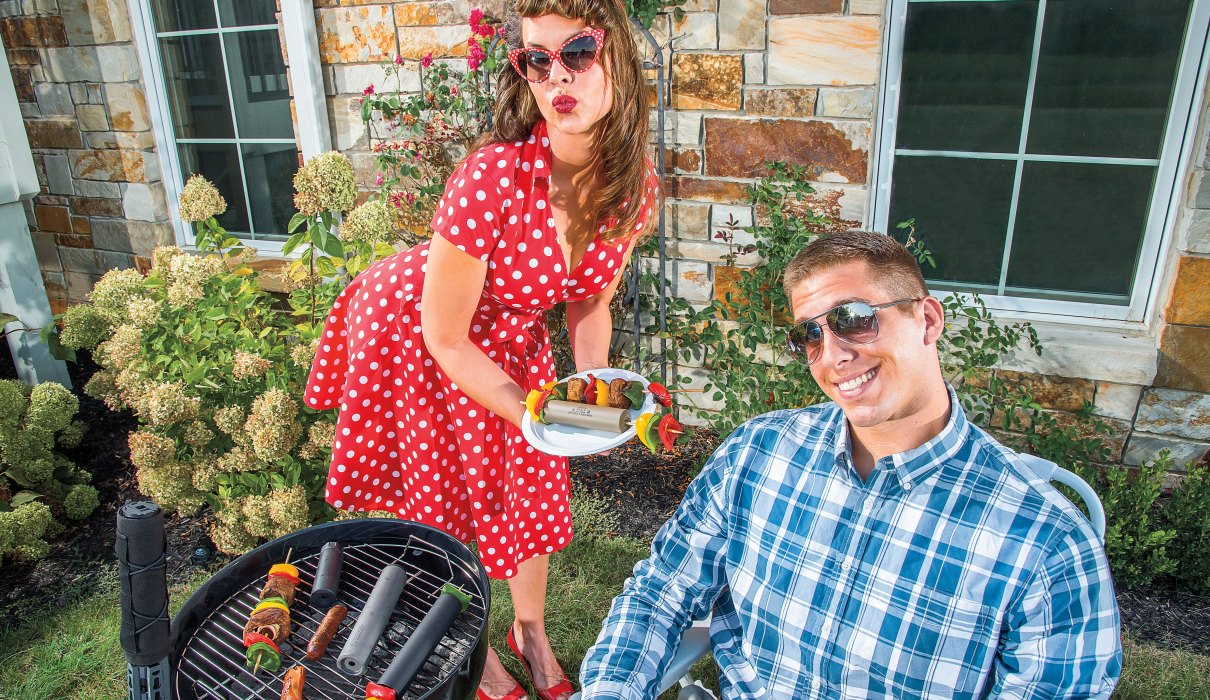
(Photo courtesy of “Shooting Times”)
Mirage Cover
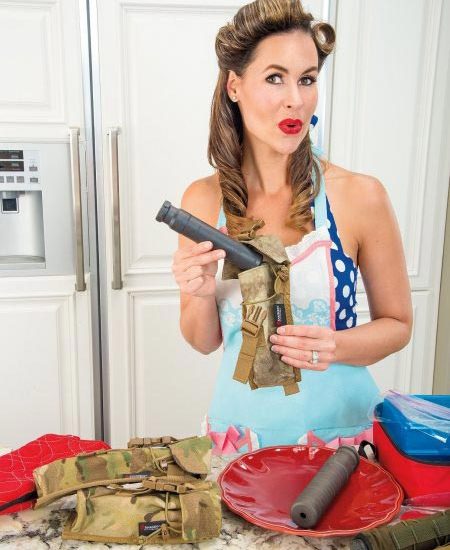 Armageddon Gear makes mirage covers and suppressor pouches.
Armageddon Gear makes mirage covers and suppressor pouches.
(Photo courtesy of “Shooting Times”)
On a sunny day, mirage can be a challenge for a precision shooter even when not using a suppressor, but attach a can and things can immediately change for the worse.
As Lynch puts it, “ … the most critical accessory for a rifleman firing a suppressed rifle is a suppressor mirage cover. The suppressor mirage cover serves to mitigate the effects of mirage by slowing the thermal exchange that occurs between the suppressor surface and surrounding air.”
So what is a mirage mitigation device? Well, you may hear them called suppressor covers, mirage covers or mirage shields. It’s basically a sleeve made with some form of heat-resistant material that surrounds the suppressor.
The rate of thermal transfer from the suppressor is only slowed, because it can never be completely stopped (nor would you want it to). This allows the shooter to have an undisturbed view for a longer period. But if shooting continues, mirage will eventually occur and continue until the suppressor cools. In essence, you are buying more time.
Mirage covers slow heat transfer and thus allow heat to build up in the suppressor. This can be bad if you are engaging in rapid, higher-round count shooting. If the suppressor doesn’t cool, it can suffer significant damage, so mirage covers are better suited for slower rates of fire. For this reason, Lynch suggests checking with your suppressor manufacturer for guidelines on mirage cover use.
Suppressor magazine reached out to several makers of suppressor covers and reviewed some sleeves from Armageddon Gear and TAB Gear.
Armageddon Gear
Boasting more than 100 models to choose from, Armageddon Gear (AG) is the industry leader for mirage covers. The covers feature a slip-proof design firmly secured to the suppressor via an adjustable shock cord sewn to the cover. The unique design of the AG cover allows it to secure to the sides and back of a suppressor. They can be a bit tricky to get on, as we found out with our Gemtech ONE, but they ain’t slipping off! They come in all shapes and sizes, for .22 rimfire up to .50 BMG, and you can order custom sizes for your particular suppressor. The AG suppressor covers are rated for use on bolt-action and semiautomatic precision rifles and come in a slew of colors and camo patterns.
Pouches
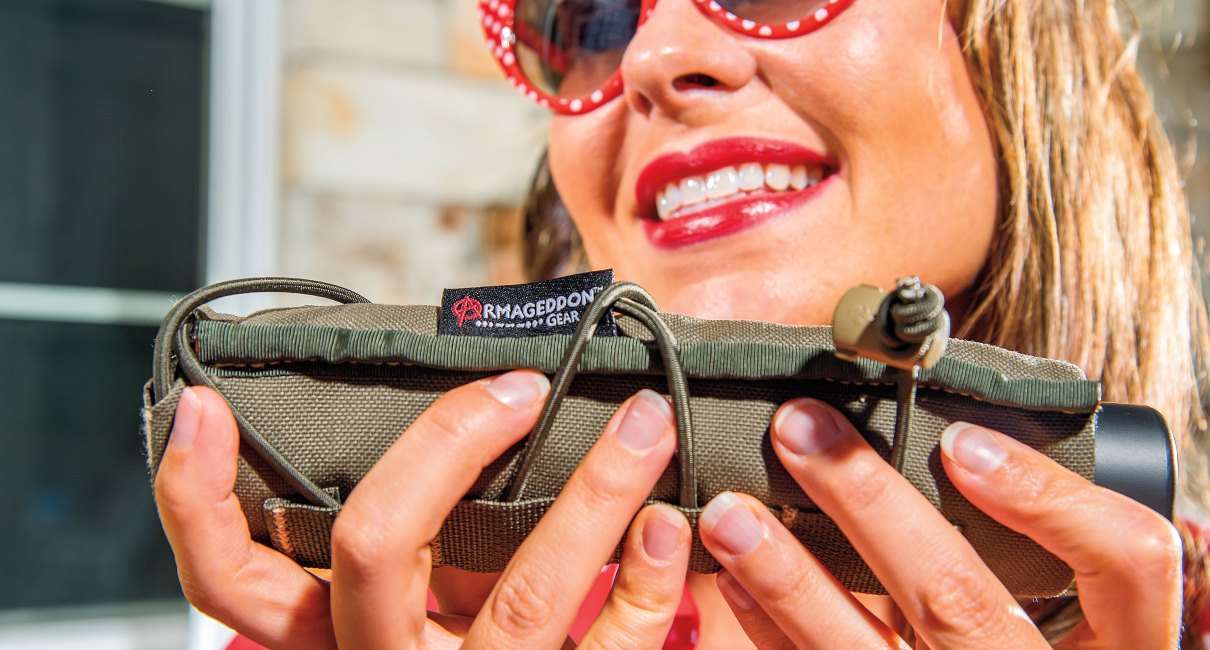
Suppressor pouch made by Armageddon Gear. (Photo courtesy of “Shooting Times”)
The can is off. Now what?
First, let it cool. If you lay a hot suppressor on vehicle carpet or a truck liner, well, you’ll never make that mistake again. It’s a good idea to keep a short 2x4 handy in your shootin’ machine to set a hot can on. After your cans have cooled, tuck them away in sexy suppressor pouches made by Armageddon Gear. They are made to handle your suppressor with or without the mirage cover attached.
TAB Gear
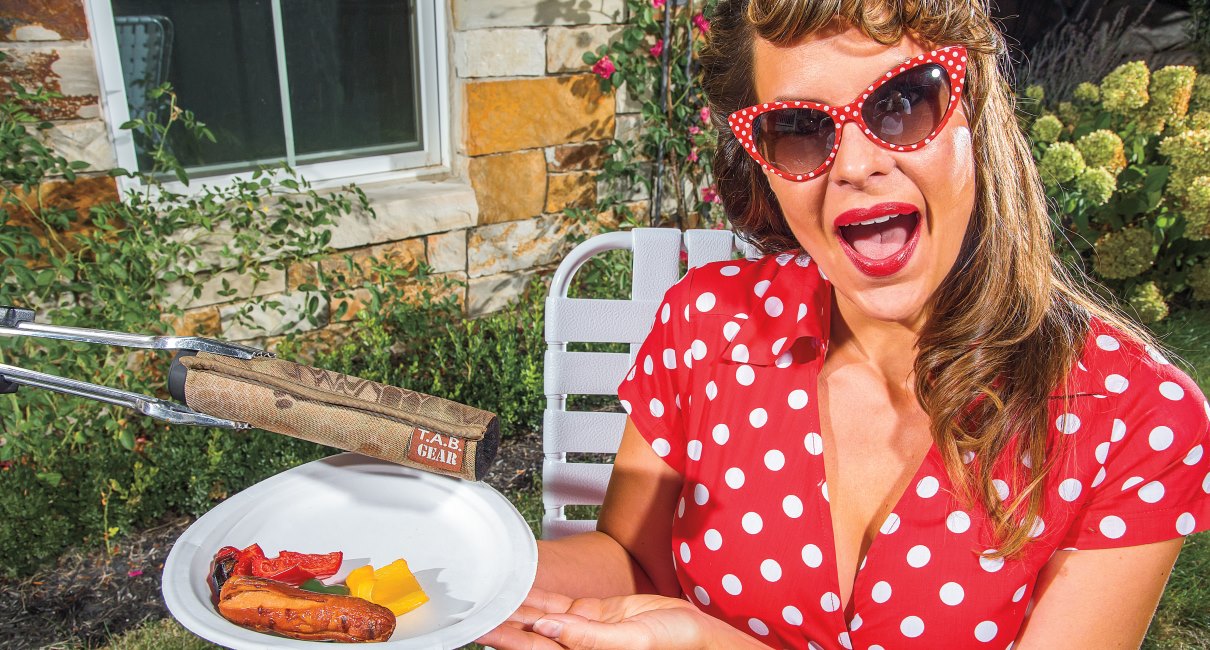
Suppressor covers made by TAB Gear. (Photo courtesy of “Shooting Times”)
TAB Gear offers a couple different suppressor covers. The SASR has a Nomex inner shell sewn to a 1000D Cordura outer shell and withstands temps up to 1,800 degrees Fahrenheit. The SASR features a recoil ridge with bungee cord or Velcro that secures the cover to your can so that it doesn’t move forward under recoil. This cord can be loosened and the cover slid off of your suppressor to allow it to cool, while still attached to your firearm. We tried this but found it to be more difficult than it sounds, especially when the can is hot. The SASR is made according to the size specified during ordering. The TAB SAS comes in four versions, one of which Velcros around your suppressor for easy on and off manipulation.
Nomex and Kevlar
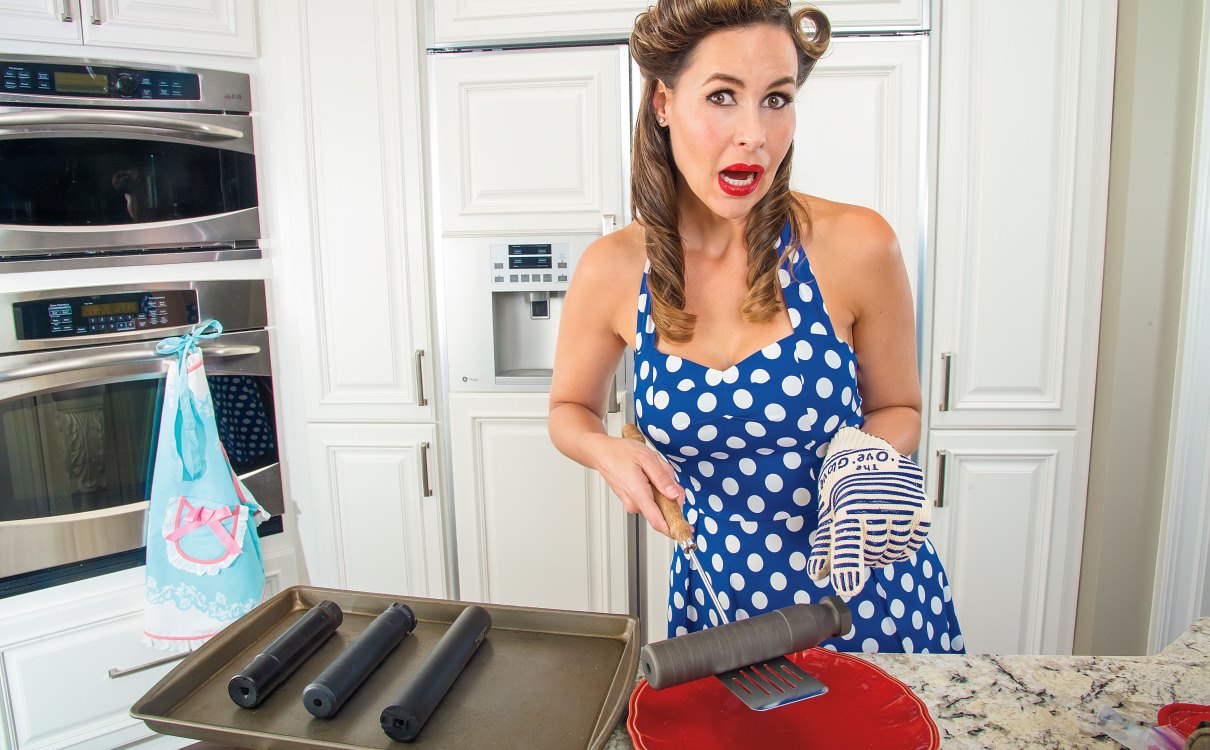
Don’t burn that skin! Pick up an ‘Ove’ Glove to handle hot suppressors. (Photo courtesy of “Shooting Times”)
You’ve just finished firing several strings through your new hushtube, and now you need to take it off. You’ve likely tried towels, T-shirts, even ninja-quick grabs and twists to remove the hot suppressor. Although these techniques work, it’s best to have a proper tool for this task.
Get the ‘Ove’ Glove. Made of 86-percent Nomex and 14-percent Kevlar, the ‘Ove’ Glove withstands temps up to 540 degrees and allows you to get a good grip on a stubborn suppressor. It also provides the dexterity to work the attachment mechanisms of QD cans. Some suggest that you only need one glove, but we suggest getting two.
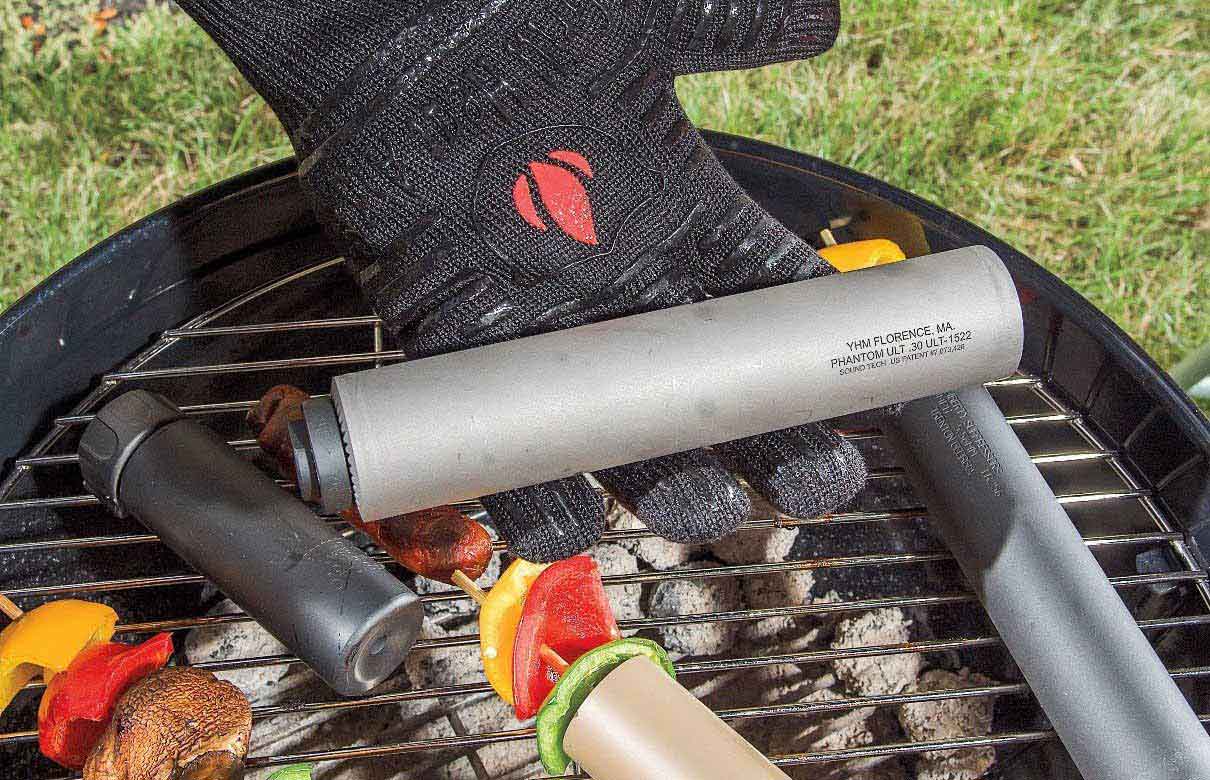
Heat Aid glove takes handling toasty cans to the next level. (Photo courtesy of “Shooting Times”)
If the ‘Ove’ Glove is too wimpy, you can always try Grill Heat Aid gloves. Basically ‘Ove’ Gloves on steroids, they boast a 932-degree rating and come in several different color combinations to meet your shooting needs. If the pink and white doesn’t do it for you, maybe solid black will.